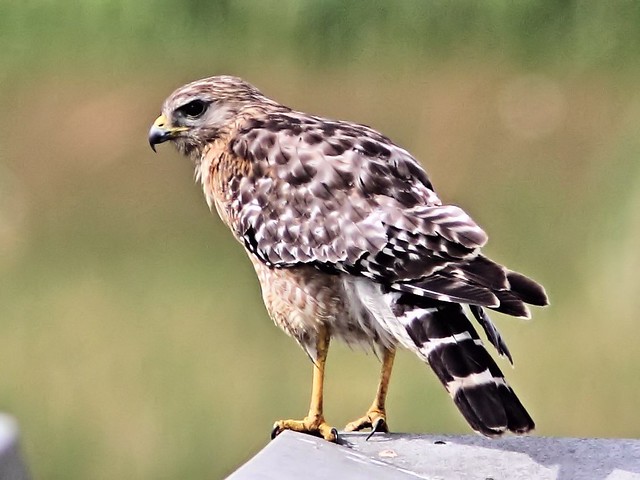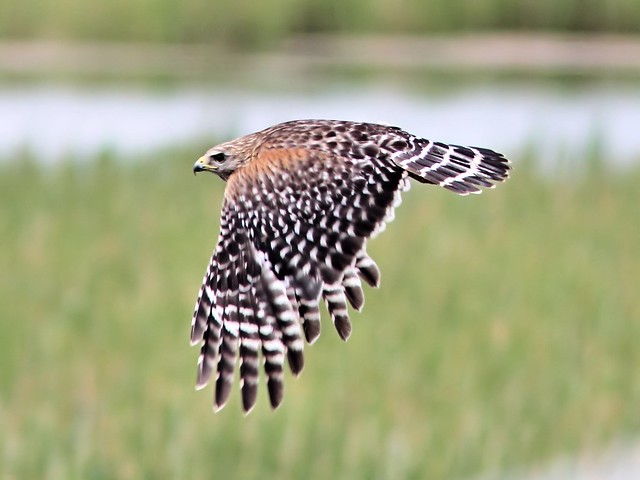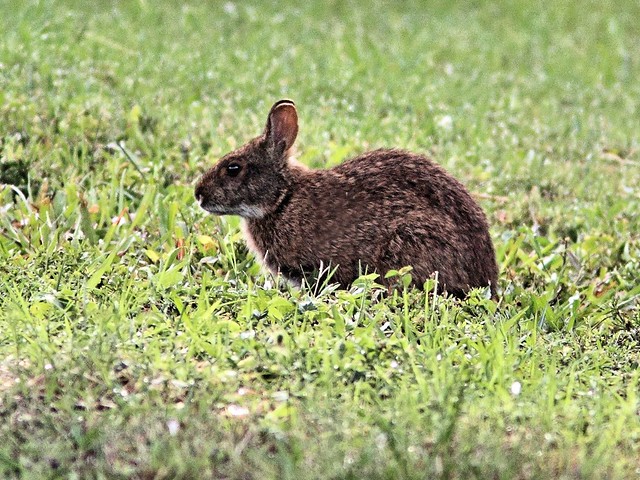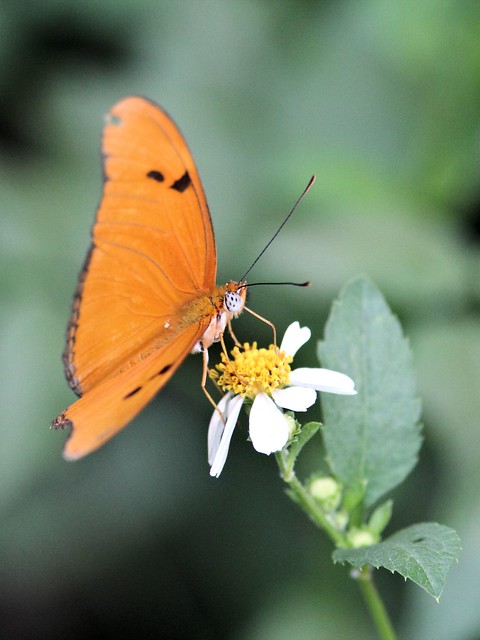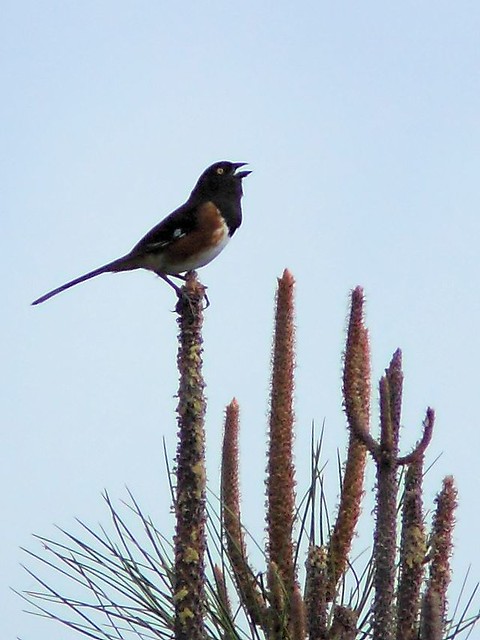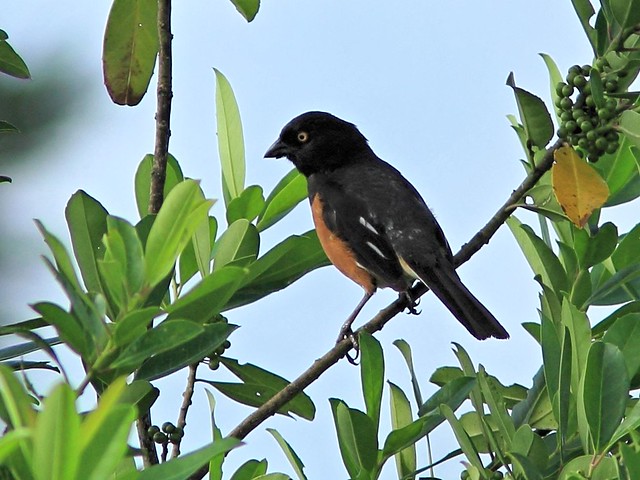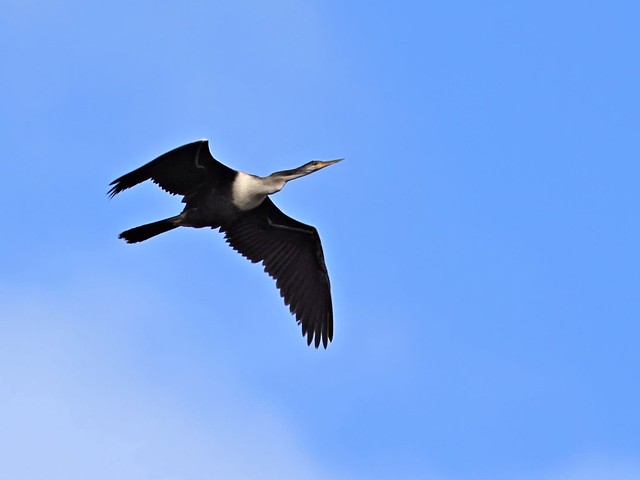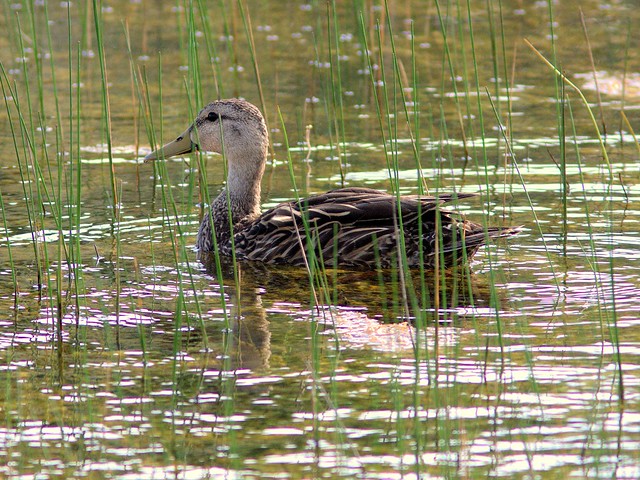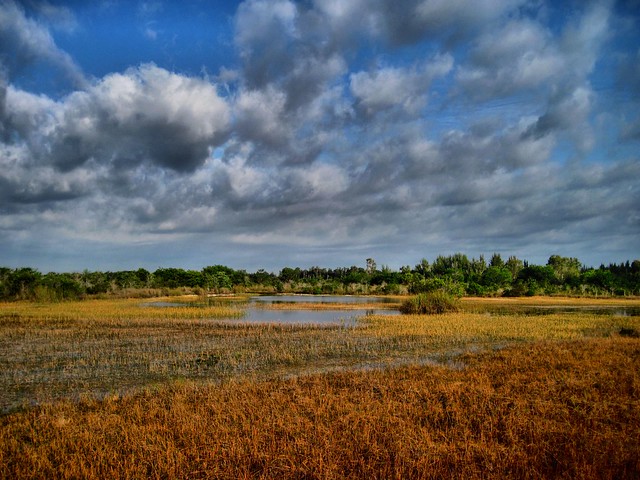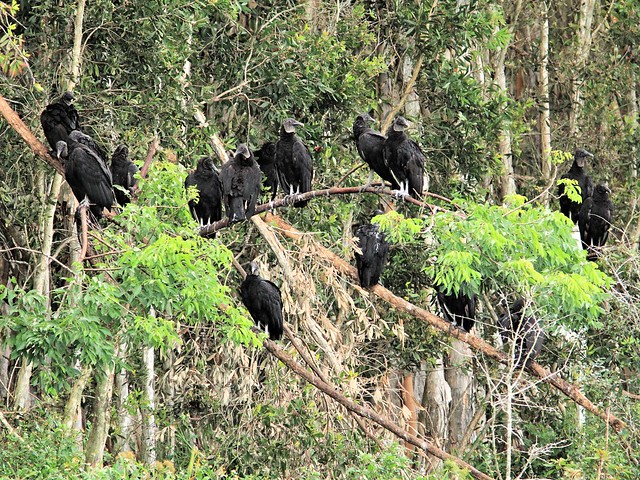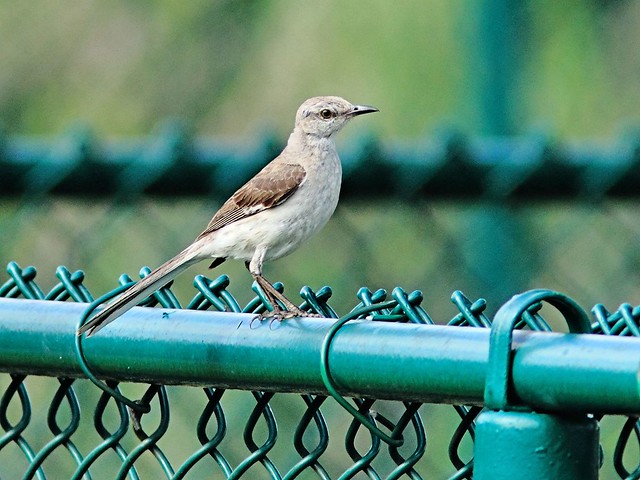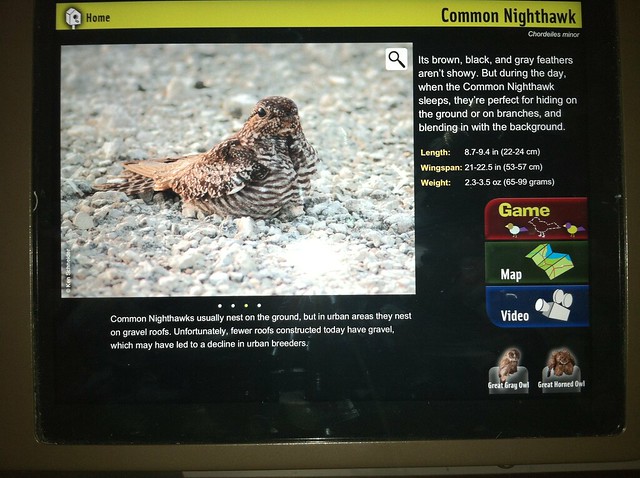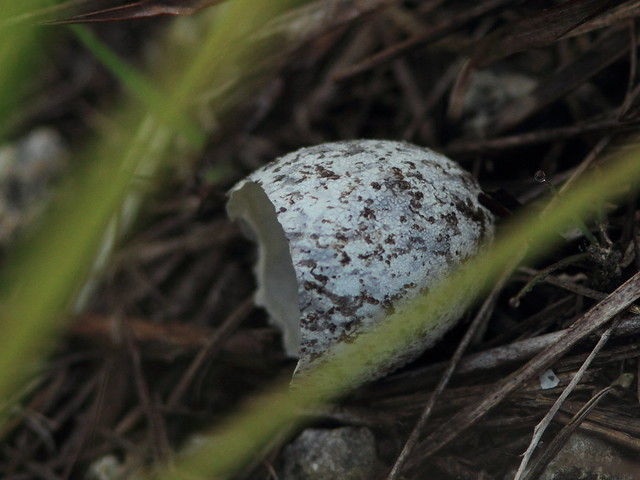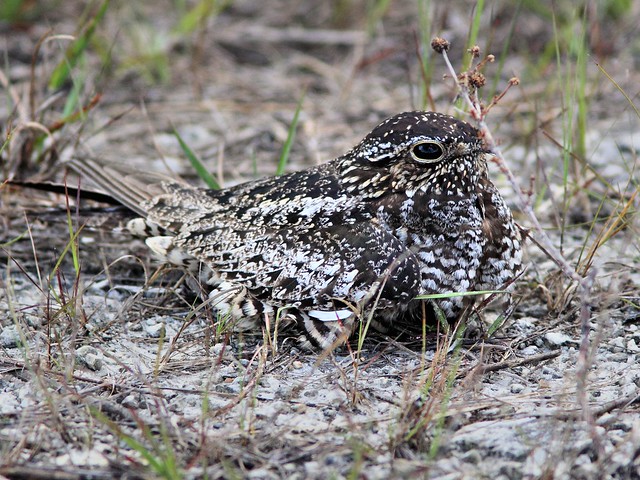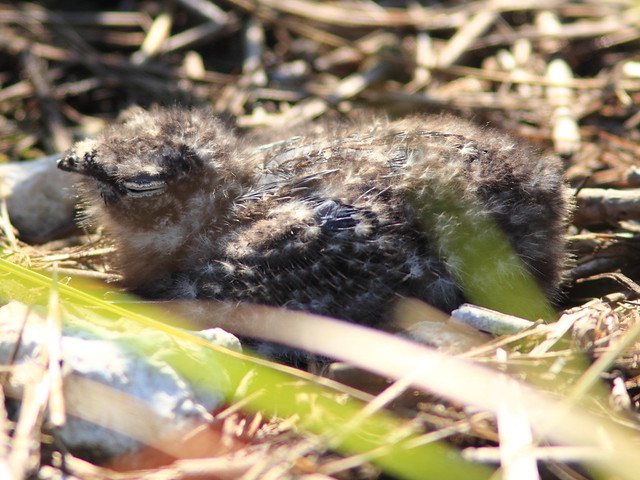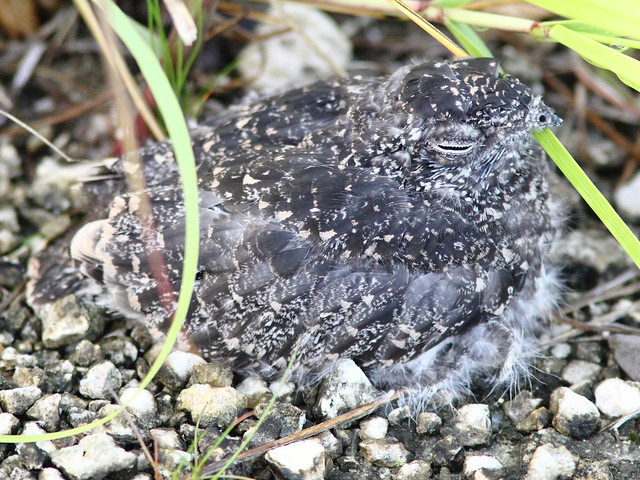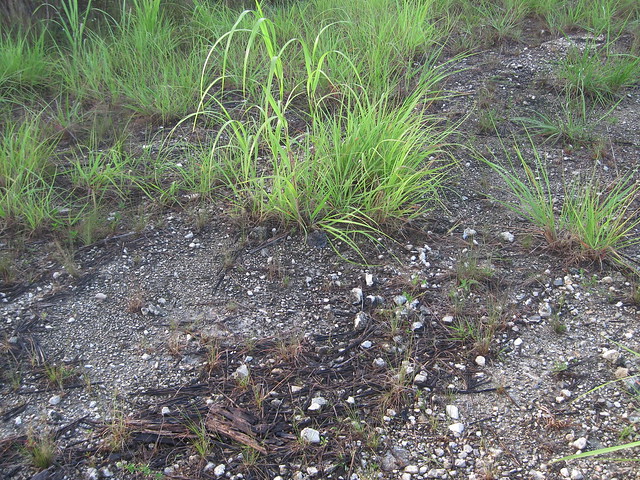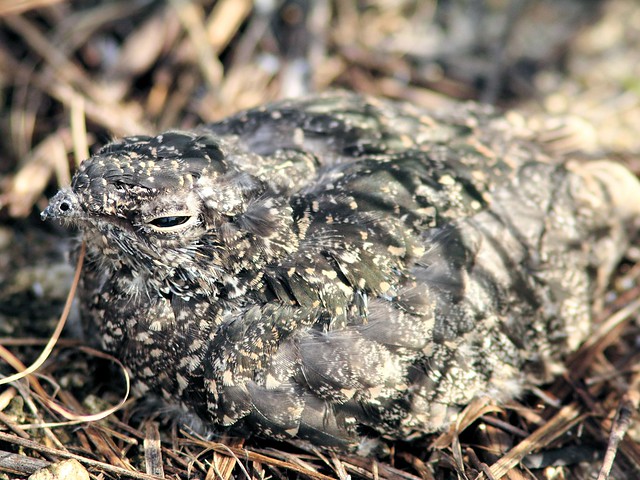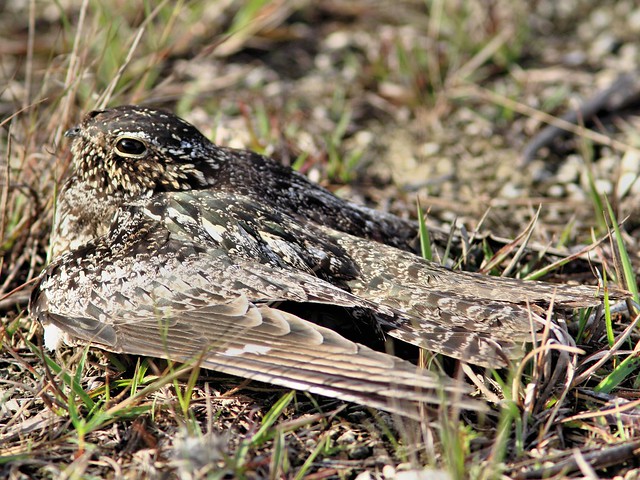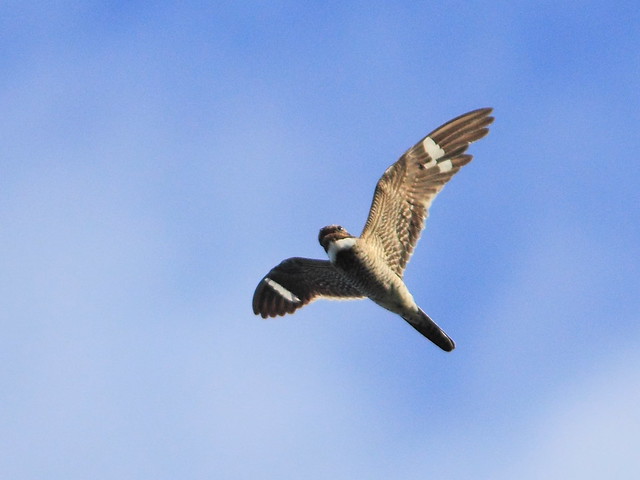My intent was to report on the adventure in an orderly fashion, so I started working on the images from the first few days. It was very slow going, and there have been demands on my time since returning to Illinois. Happily, our granddaughter, who recently turned nine years old, asked if she could compose a blog about a walk we took while camping in Grand Canyon Trailer Village. We were located at the far northern edge of the campground, next to the forest and within walking distance of the South Rim of the canyon. I was only too happy to agree, though I had to search for photos to illustrate her adventure in the pinyon-juniper woodlands that surrounded our campsite.
These are Graciela's words:
We are out taking an RV trip in Arizona. After one night at a motel in Phoenix, we drove the RV to Tucson where we stopped at the Arizona-Sonora Desert Museum. It was so hot I was burning up. We walked the trails and I found an Elf Owl in one of the exhibits. It flew down and picked meal worms out of the fingers of a volunteer.

One exhibit had a Roadrunner. I had never seen a real one before.

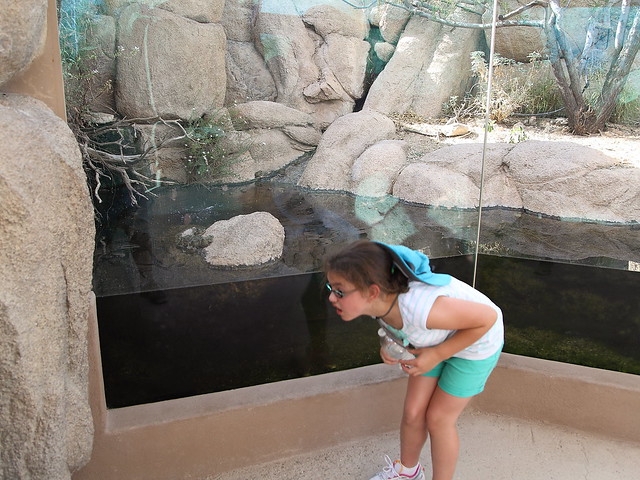
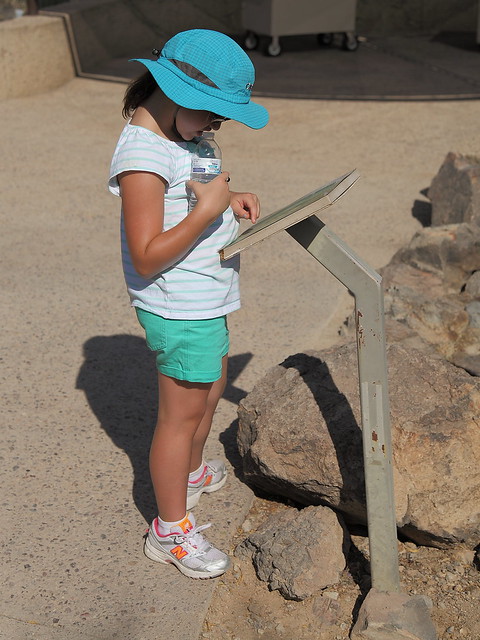
There were neat things such as Spotted Geckoes, Rock Rattlesnakes and Leaf-nosed Bats. We saw an Ocelot but it was sleeping and mostly out of sight. There was a Gray Fox hiding in one of the exhibits. A Bobcat woke up and popped out of hiding.
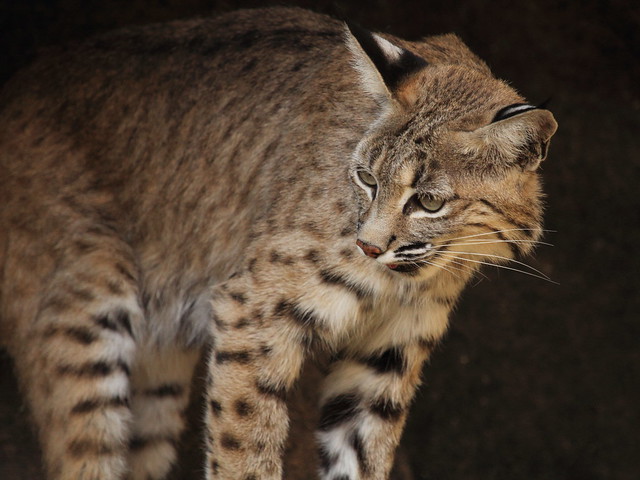
The next day we went to Tombstone where it rained for the first time in many days.The people ran out in the rain and really liked getting wet.


We are now visiting the Grand Canyon for three days and will go on to Lake Powell for three more.
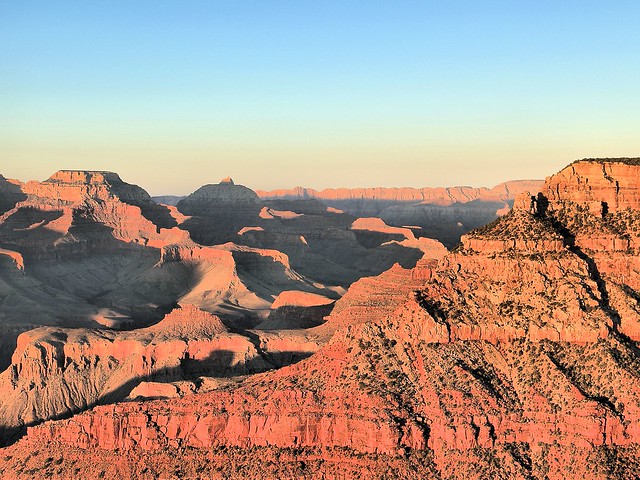
We visited some very high places out on the edge of the Grand Canyon. We looked for California Condors but could not see any.

There are are woods right near our campground and Grampa wanted to go for a walk to see if there are any elk. Earlier in the morning he found three elk.
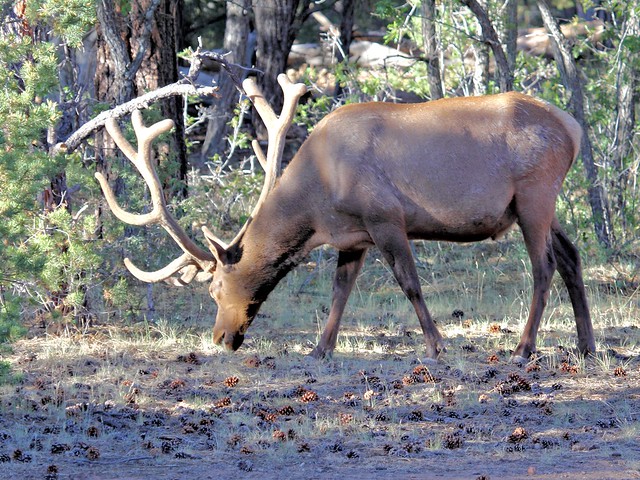
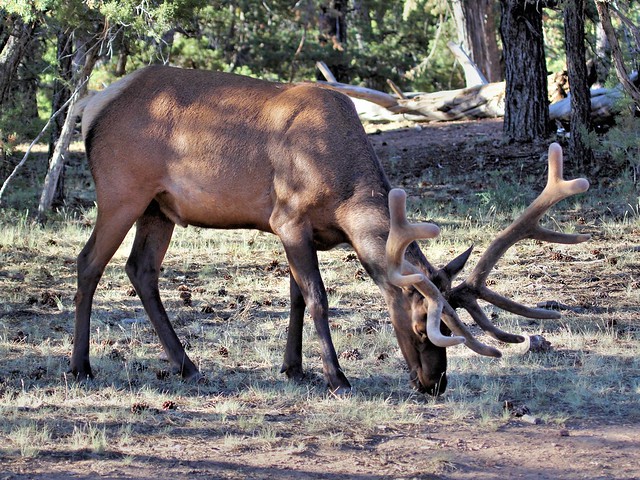
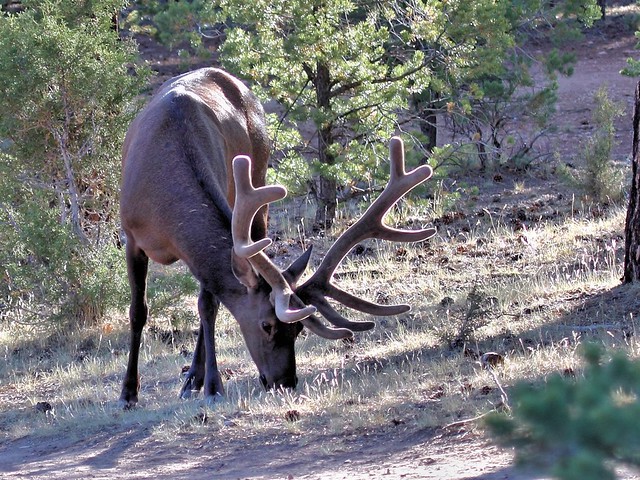
I wanted to bring my little kitty Mimi and Gramps said yes. The very first thing I saw was a bluebird, but I did not know it was a bluebird. At first I did not see the blue but I absolutely positively knew it was not a robin. It was smaller than a robin. I called Grandpa over and said "Gramps come here, I found a bird!" He came over and said "By golly that is a bluebird." Then he told me that bluebirds were relatives of robins. He took a picture and after he zoomed in on the picture I could see it had a blue back.
Western Bluebird.

A little later we saw another one and it had a much more blue back.
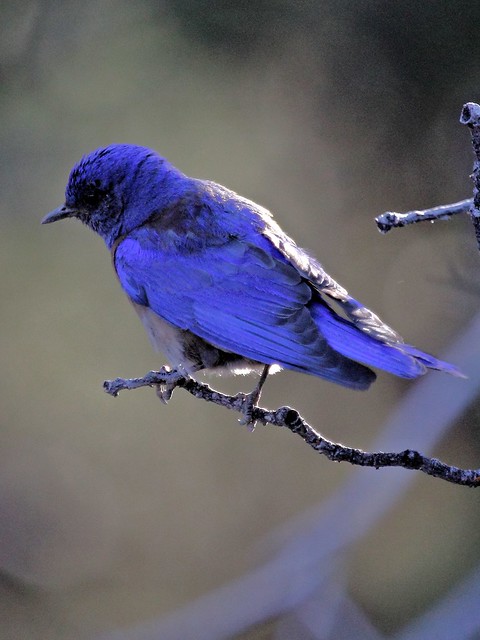
I discovered something that looked interesting and told Grampa, "I found a place where a squirrel has been storing nuts!" He came over and after looking closely for a while said, "No Graci, those are old elk scat." Later we found some fresh black ones.

We continued walking some more and I saw a rock with crystals sticking out. I called Grampa over again and he said it was quartz.
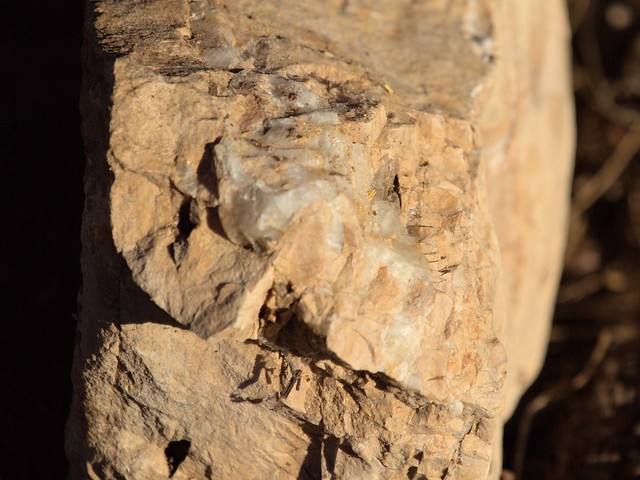
There were strange lines on the top of this rock and he said they looked like fossils.[Editor's note-- these were most likely striations on the face of the limestone caused by the movement of ancient mountain glaciers]
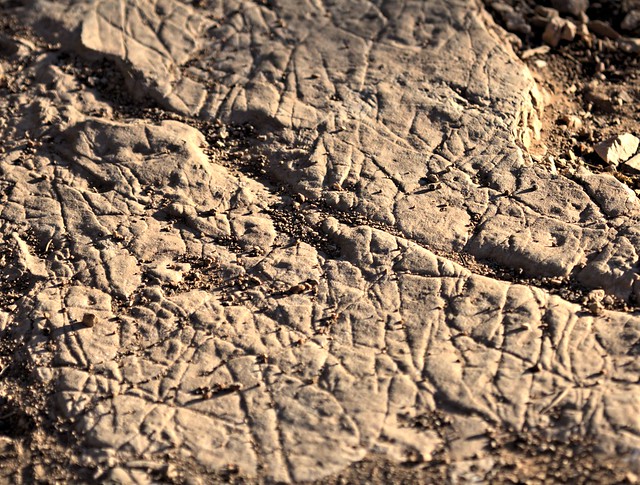
Then we came across some sandstone. I ran my hand across it and it felt like loose sand.
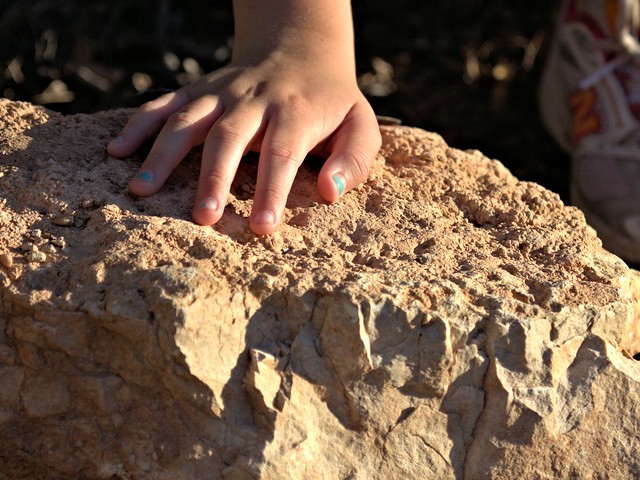
Mimi ended up sitting on it.
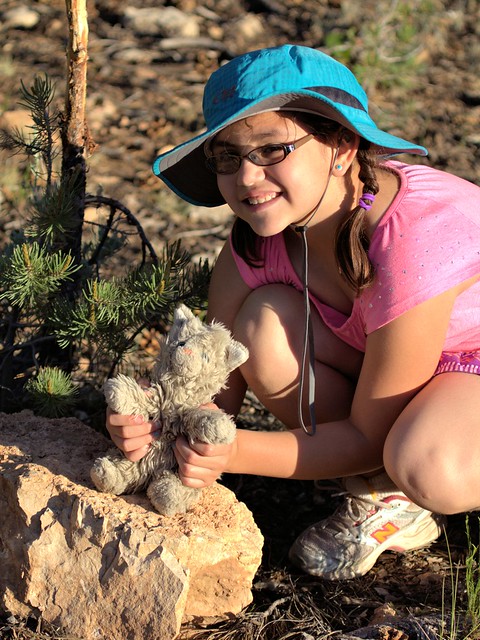
Grampa showed me Ponderosa Pine and also Pinyon Pine which had smaller needles. I told him we have a Ponderosa Pine at school but he said he thinks it does not grow in Illinois. He showed me one way of telling if it's Ponderosa. Its bark smells like Vanilla Wafers. Sure enough, it did!

I had Mimi smell the bark too.
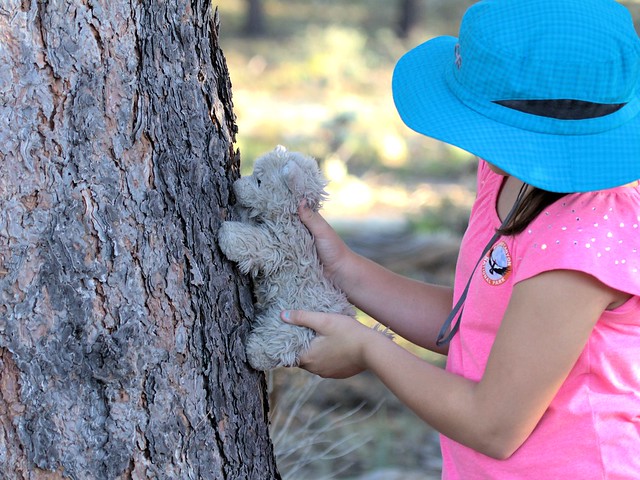
We also saw a family of ravens. Grandpa explained to me that the young bird has yellow near the corners of its beak. This helps convince the mother to feed the baby when she sees the yellow when its mouth is open.
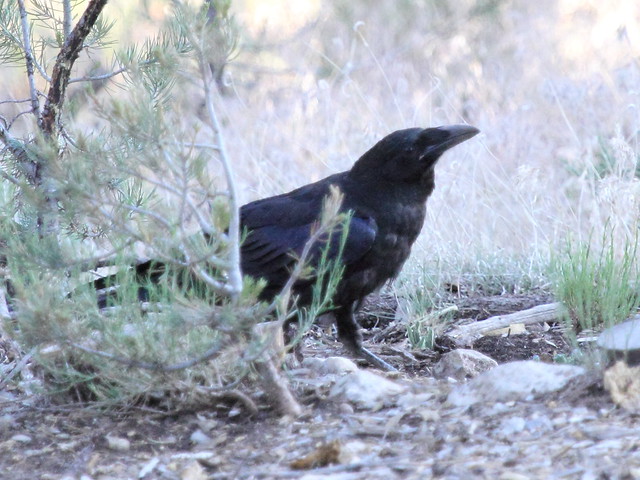
Old Common Raven
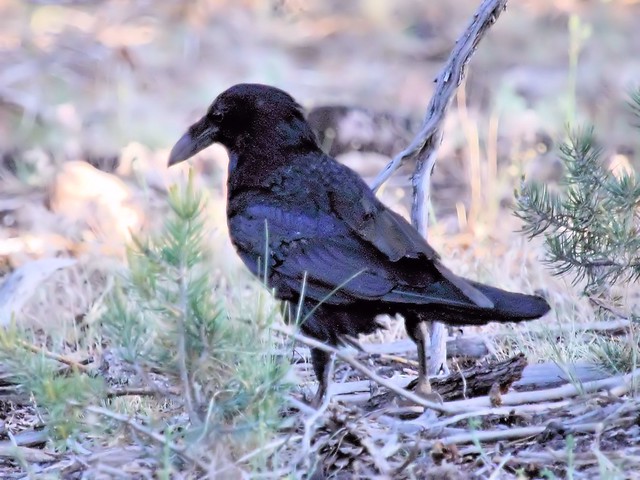
We saw chickadees and nuthatches as well, but we did not see any elk. Boo-hoo!!
Mountain Chickadee
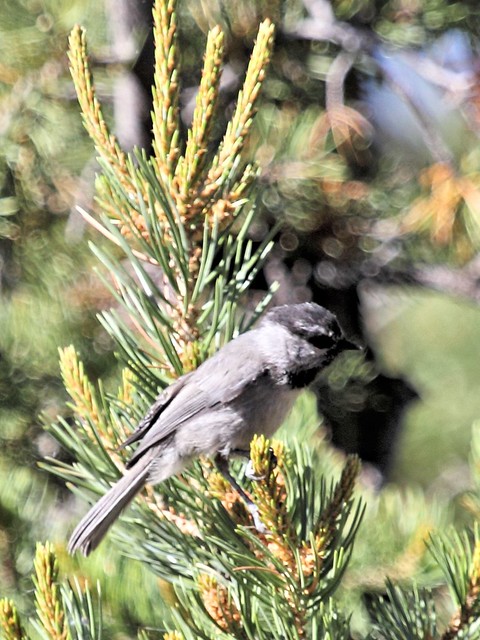
White-breasted Nuthatch
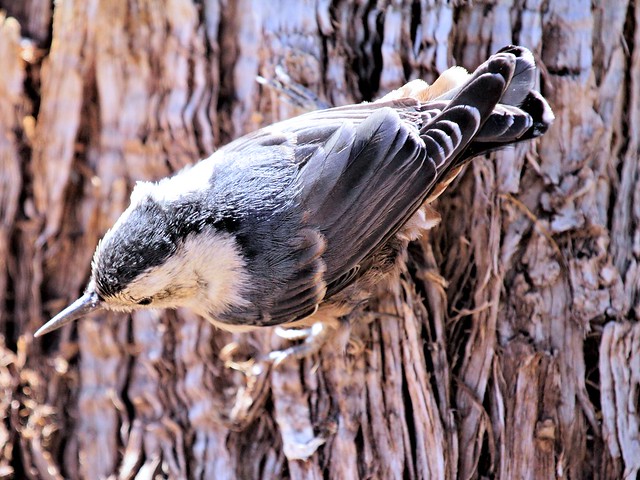
Pygmy Nuthatch
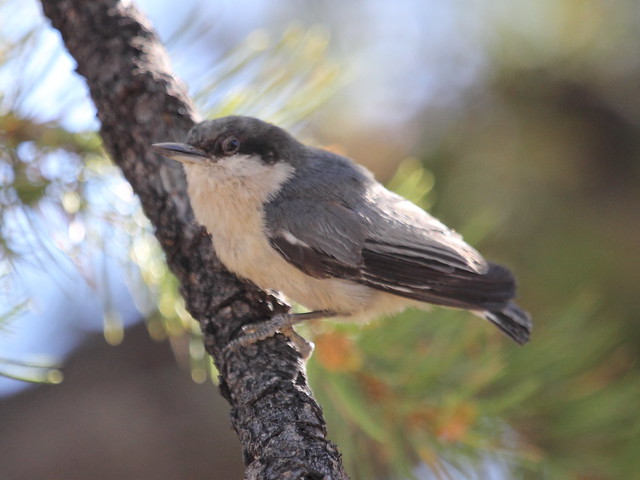
On our way back we saw a little baby rabbit. It had a white cotton-tail and very long ears compared to the ones we have in Illinois. It has longer ears not only for better hearing but because the ears have lots of blood vessels and they help get rid of the heat.

= = = =
During our little walk it was wonderful seeing and experiencing Graci's exuberance, inquisitive nature and love of discovery. Sorry I took the lazy way out of doing my weekly blog, but I hope to be caught up before Graci hands me another one! By the way, we DID see California Condors the next day, but that's another story. A cow elk also walked right past our RV on the morning we departed for Lake Powell.

